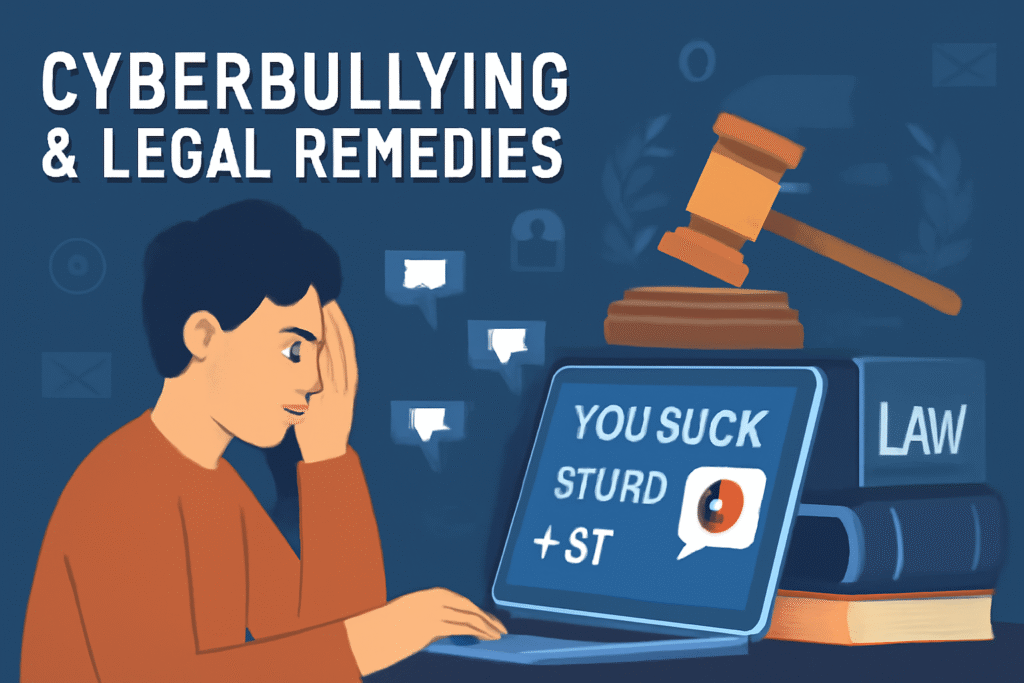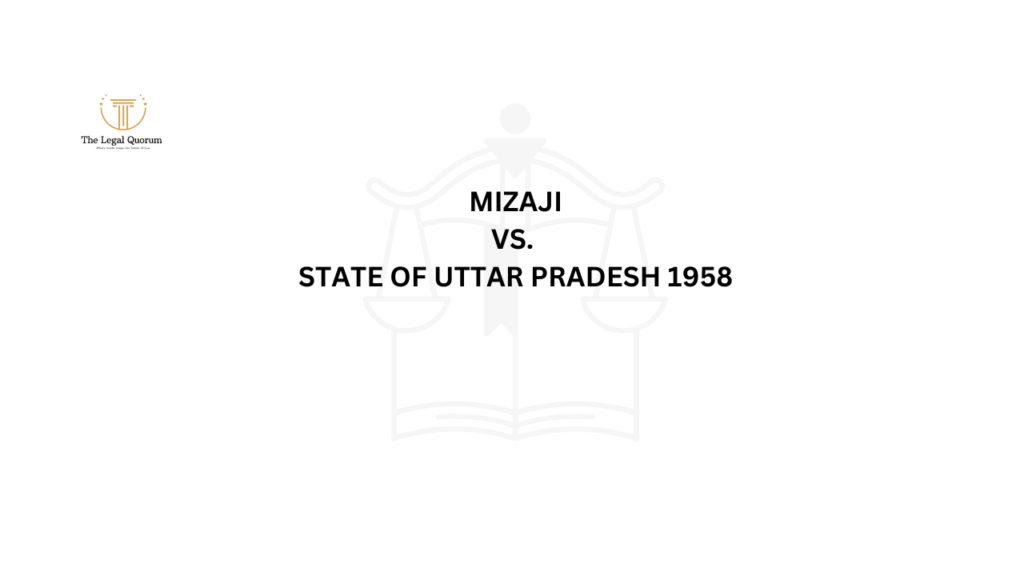Published On: 23rd August, 2023
RIGHT TO INFORMATION AND HOW TO AVAIL IT
INTRODUCTION
Our right to freedom of speech and expression is protected by Article 19 (1) of the Indian Constitution, and the Supreme Court has acknowledged that this also entails a complete right to information. The Right to Information Act of 2005 (referred to as “the Act”) has created the required practical right to information regime. Citizens who have access to knowledge may take control by engaging in decision-making and by opposing unfair and corrupt practices at all levels. Citizens who have access to government documents may assess and determine if the administration they choose is producing the desired results. Thus, RTI is a tool that may transform the role of the citizen from one of passive observers to one of active contributors to the governing process.
SCOPE OF ACCESS TO THE INFORMATION
By Section 2(j) of the RTI Act of 2005, “Right to Information” refers to the right to access information that is kept by or in the custody of any Central or State Public Authority and is made available under this Act. This includes the right to:
- Work, papers, and records inspection;
- making certified copies, notes, or excerpts from documents;
- Obtaining material samples with certification;
- Obtaining information through printouts whether it is stored on a computer or in another device, diskettes, floppies, tapes, video cassettes, or in any other electronic medium
FIRST STEP TO ACCESS THE RIGHT TO INFORMATION
- Under the RTI Act of 2005, you have the right to request information from any Public Authority (a government agency or agency with government support).
- Applications may be typed or written by hand.
- The official language of the region in which the application is submitted, Hindi, English, or another language may be used to apply.
- Provide the following information in your application:
-
- name and office address of Assistant Public Information Officer (APIO)/Public Information Officer (PIO)
- Subject to be written : Application under-Section 6(1) of Right to Information Act- 2005
- Specific information you require from public authorities
- Applicant Name
- Father’s/Husband’s Name
- Category- SC/ST/OBC
- Application Fee
- If under BPL family- Yes/No,
- Postal address with a mobile number and email address (but these are not required).
- Date and place
- Applicant signature
- List of enclosures
SUBMISSION OF THE INITIAL APPEAL
- WHEN IS THE FIRST APPEAL DONE:
- If the Public Information Officer (PIO) has turned down your request for the requested information. The applicant must file their first appeal with the First Appellate Authority (FAA) within 30 days of the day they received the verdict from the CPIO.
- If the public authority cannot provide the information within the 30-day deadline. A first appeal must be filed within 30 days of the date when the CPIO’s (ACPIO’s) reply was due if no reply is received within that period (35 days if an application is submitted to ACPIO).
- Unless a public authority has designated an assistant public information officer or a public information officer to collect applications or provide requested information
- TO WHOM IT SHOULD BE ADDRESSED:
- From the CPIO decision letter, learn the name, title, and address of the first appellate authority. Visit the departments, offices, or organization’s website and look for the RTI area if you don’t get a response.
- Despite your best efforts, if you cannot discover the FAA’s contact information, send your first appeal to the following address: The First Appellate Authority under RTI Act 2005 C/O. Head of _______________Dept. /Office; provide CPIO’s department/office address.
- Mention it after your appeal if you want to attend the initial appeal hearing.
- For Public Authorities under the Central Government, there is no required cost for the initial appeal. Some States have a first appeal cost and structure that must be followed. If your first appeal is to a public authority under the control of the state government, please refer to the RTI Rules of individual States for information on first appeal fees (if applicable), payment methods, and format (if any).
- The petitioner must self-attest all photocopies of the enclosures stated in the appeal with the term “Attested” and a complete signature.
- Keep just one set of the AD, postal, and appeal receipts. You can also physically deliver, although shipping by registered mail or fast post is recommended. Avoid using courier services.
- Within 30 days of the initial appeal’s receipt, the FAA must decide on the appeal. He/she may require an additional 15 days (for a total of 45 days), as long as they are documented in writing. The FAA may issue a written order or a “spoken” order.
WHEN TO SUBMIT THE SECOND APPLICATION?
- If you disagree with the First Appellate Officer’s decision
- If you believe that the information provided by a public authority is inaccurate, incomplete, or deceptive, you may appeal.
APPEAL VS. COMPLAINT UNDER THE RTI ACT: WHAT IS THE DIFFERENCE?
If the FAA does not make a judgment within the allotted time, or if the ruling is against a public authority, a second appeal is brought under section 19(3) of the Act. The RTI Act’s Section 18 (1) specifies the reasons for filing complaints. The complaint can be about the RTI request not being successful, information being withheld, etc. The primary distinction between a complaint and a second appeal is that during an appeal, the CIC may issue orders instructing the CPIO to give the appellant the sought information in acceptable circumstances, but such orders cannot be issued during the course of a complaint.
DOCUMENTS NECESSARY FOR COMPLAINT REGISTRATION
- Complaint duly signed and addressed to the Commission
- A copy of the RTI application submitted to the CPIO or the RTI application that could not be submitted
- RTI and Complaint shall be related to each other
- The above two documents must be legible
- The above two documents must be in Hindi/English or provide a translated version in Hindi /English
- Other documents required for proper presentation of complaint, if available such as:-
- Received a copy of the CPIO’s response.
- Copy of the order received from the First Appellate Authority
- Copies of other papers that the complainant cited in his complaint and that he relied upon
- An index of the documents
- The complainant must validate and verify each document in full.
MANDATORY TIME FOR FILING COMPLAINT
- If a public authority’s CPIO refuses to accept an RTI application as required by the RTI Act of 2005, a complaint may be lodged right away.
- after receiving a response to an RTI request, thirty days following the application’s filing, or if no response is received
- Upon receiving a response from the first appellate authority, or forty-five days following the first appeal’s filing if the complainant opted to do so and no response had been received.
CONCLUSION
A key legal step for enforcing the citizen’s right to access information is the Right to Information Act of 2005. The Act requires prompt responses to citizen requests for information from the government. By accessing https://rtionline.gov.in/, a project of the Ministry of Personnel, Public Grievances and Pension, and the Department of Personnel and Training, citizens may submit RTI requests to the Central Government’s public authorities. You can submit an RTI request for public entities managed by state governments by going to the state’s RTI portal or website.
SOURCES




